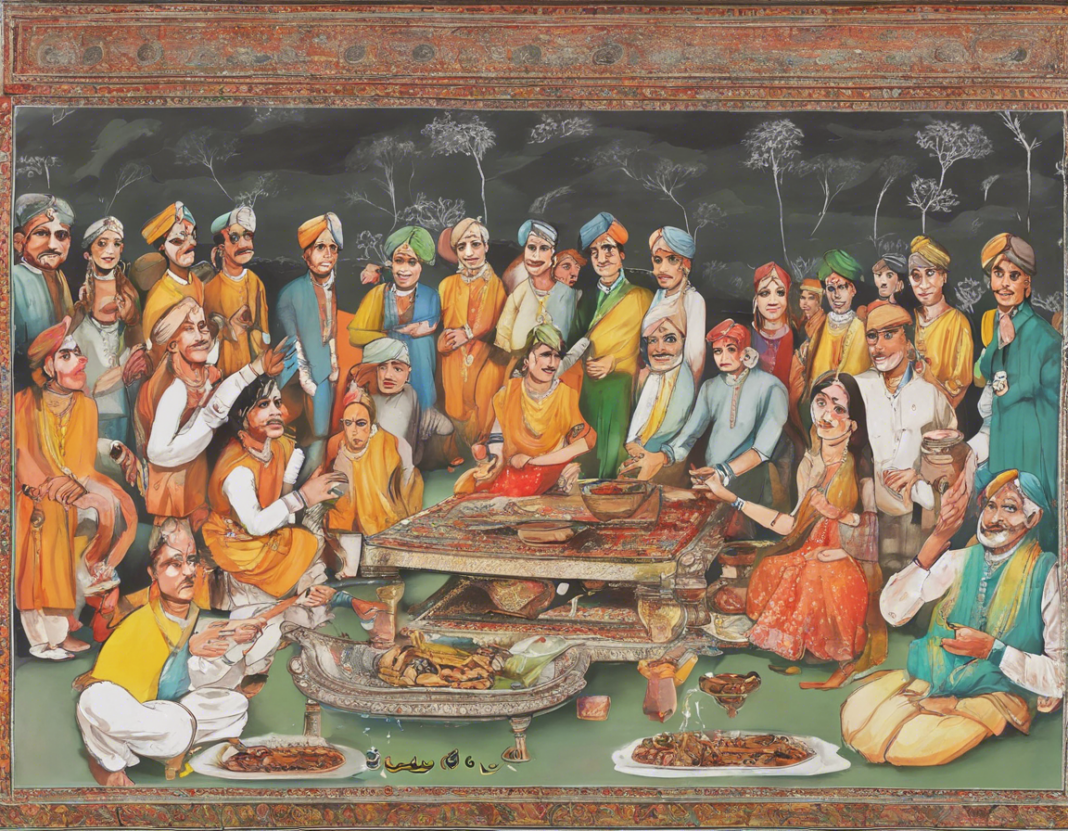Introduction
In ancient philosophies and mythologies, fire and water have been symbolized as opposing elements, representing transformation, power, and balance. The clash between fire and water has long been a subject of fascination and intrigue, sparking the imagination of artists, writers, and thinkers across cultures. In this article, we delve into the age-old clash of fire and water, exploring the symbolism, significance, and cultural interpretations of these two primal elements.
The Symbolism of Fire and Water
Fire and water are elemental forces that hold profound symbolic meanings in various cultures and belief systems. Fire is often associated with passion, energy, destruction, and purification. It symbolizes warmth, light, and the spark of life itself. On the other hand, water represents emotions, intuition, healing, and fluidity. It embodies the depths of the unconscious mind, cleansing, and the source of all life.
The Clash of Fire and Water in Mythology
Mythologies around the world are replete with stories that feature the clash of fire and water as central motifs. In Greek mythology, the clash between the gods of Olympus and the Titans was often depicted as a battle between the forces of fire and water. Prometheus, the Titan who stole fire from the gods to give it to humanity, faced the wrath of Zeus, who punished him by chaining him to a rock while an eagle ate his liver every day.
In Hindu mythology, the eternal dance of creation and destruction is symbolized by the cosmic dance of Lord Shiva, who is often depicted with a river of fire and a river of water flowing from his hands. This dance represents the harmonious balance of opposing forces in the universe.
The Elemental Balance
The clash of fire and water also serves as a metaphor for the delicate balance of elements in nature. Too much fire can lead to destruction and chaos, while an excess of water can result in floods and stagnation. Finding the harmonious balance between these elements is essential for the health and well-being of the planet and all its inhabitants.
Cultural Interpretations
Different cultures have unique interpretations of the clash between fire and water. In Chinese philosophy, fire and water are part of the Five Elements theory, which posits that the universe is composed of five fundamental elements – wood, fire, earth, metal, and water. Fire and water are seen as complementary forces that interact to maintain harmony and balance in the cosmos.
In Native American traditions, fire and water are revered as sacred elements that are essential for rituals, ceremonies, and healing practices. Fire ceremonies are used for purification and transformation, while water rituals are performed for cleansing and renewal.
The Alchemical Transformation
In alchemy, the clash of fire and water is seen as a metaphor for the process of transformation and spiritual purification. The alchemical symbol for this clash is the union of the sun (fire) and moon (water), representing the fusion of opposites to create something new and sublime. Alchemists believed that by undergoing various trials and challenges, one could achieve enlightenment and transcendence.
Practical Applications
The clash of fire and water is not just a metaphorical concept but also finds practical applications in various fields. In traditional medicine, the balance of fire and water in the body is believed to be essential for good health. Ayurveda, the ancient Indian system of medicine, emphasizes balancing the body’s internal fire (agni) with cooling herbs and practices to maintain optimal well-being.
In architecture and design, the interplay of fire and water elements can create stunning visual effects and enhance the ambiance of a space. Fire pits, water fountains, and reflecting pools are often used in landscaping to create a harmonious balance between these two elements.
FAQs
- What is the significance of the clash of fire and water in nature?
-
The clash of fire and water in nature represents the dynamic interplay of opposing forces that maintain balance and harmony in the ecosystem.
-
How can I incorporate the elements of fire and water in my daily life?
-
You can incorporate the elements of fire and water by practicing mindfulness, engaging in rituals involving fire or water, and spending time in nature near bodies of water or campfires.
-
What does it mean to have a fire or water dominant personality?
-
A fire-dominant personality is characterized by passion, creativity, and drive, while a water-dominant personality is intuitive, empathetic, and nurturing.
-
Are there any meditation practices that focus on the clash of fire and water?
-
Yes, there are meditation practices that visualize the interplay of fire and water within the body to promote balance, clarity, and inner peace.
-
How do different cultures interpret the clash of fire and water?
- Different cultures interpret the clash of fire and water in unique ways, often drawing upon their mythological and spiritual beliefs to understand the dynamic interplay of these elemental forces.
In conclusion, the clash of fire and water is a timeless and universal motif that symbolizes the eternal dance of creation and destruction, transformation, and renewal. By understanding the significance of these elemental forces and striving to maintain a balance between them, we can harness their power to bring about positive change and growth in our lives and the world around us.









